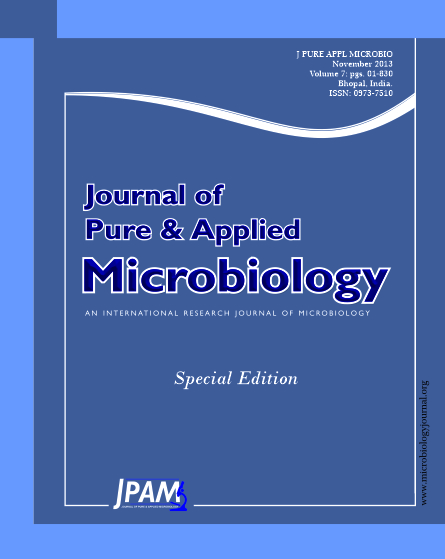In the present study the tree species namely; Terminalia arjuna (Roxb.) (leaves), Ficus retusa L. (bark, leaves, wood), Schinus terebinthifolius Raddi (fruits), Ficus benghalensis L. (fruits), Ficus carica L. (fruits), Cupressus sempervirens L. (needles), Delonix regia (leaves), Erythrina humeana (wood, leaves), and Dalbergia sissoo Roxb. (wood) were screened and assayed for their antioxidant activity using the 2,2-diphenyl-1-picrylhydrazyl method (DPPH). The values of total antioxidant activity (TAA) range from 10±1.02 to 90±2.97%. The highest TAA% was observed by the methanolic extract from T. arjuna leaves (90±2.97%), followed by F. carica fruits (89±2.7%), C. sempervirens needles (88.60±1.51%), F. benghalensis fruits (70±3.8%), F. retusa leaves (67±1.23%) and F. retusa bark. On the other hand, the lowest values were found by the methanolic extract of F. retusa wood (10±1.45%) and D. regia leaves (13±2.3%) in comparable to Tannic acid as a standard compound (80±2.12%). It can be suggested that the T. arjuna (leaves), needles of C. sempervierins and fruits of F. carica are a great potential source of antioxidant compounds useful for the natural basis.
Antioxidant activity, Methanolic extracts, DPPH method, Tress
© The Author(s) 2013. Open Access. This article is distributed under the terms of the Creative Commons Attribution 4.0 International License which permits unrestricted use, sharing, distribution, and reproduction in any medium, provided you give appropriate credit to the original author(s) and the source, provide a link to the Creative Commons license, and indicate if changes were made.


